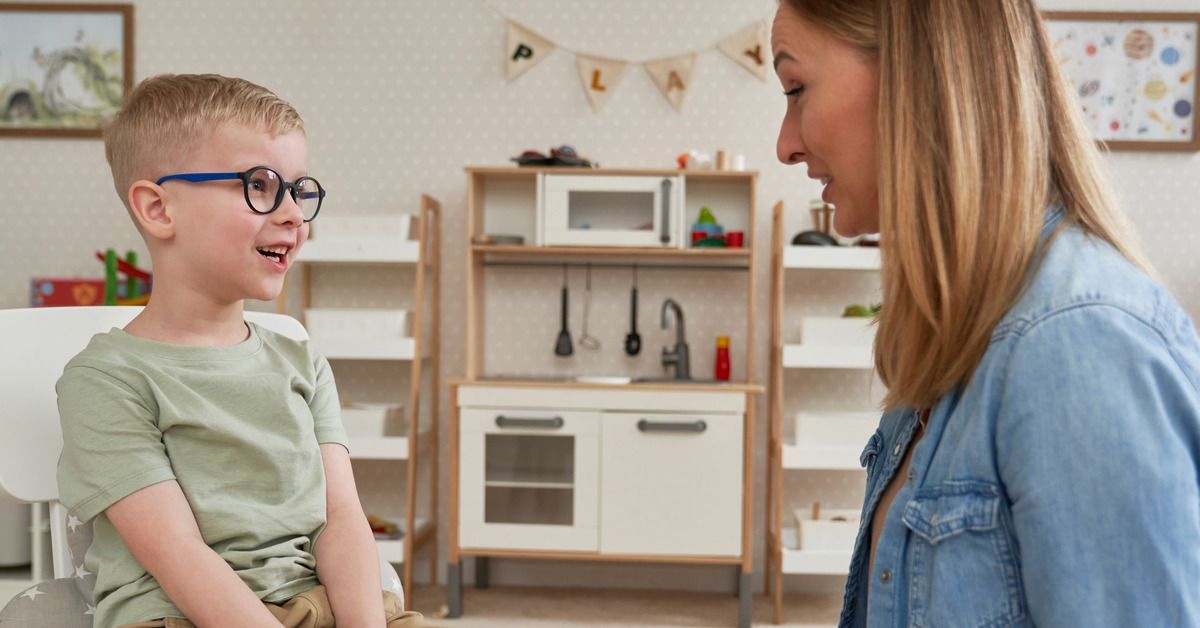What Are the Learning Styles in ABA Therapy
As a parent, caregiver, or educator, finding a child’s preferred learning style can help gain momentum toward achieving their benchmarks. While all children with autism are different, they have certain things in common—preferred learning styles.
Understanding how children process information can help teach them new skills and lessons more effectively. This can also prevent frustration and stress when the child isn’t comprehending what you’re trying to convey. Enrolling your child in Applied Behavior Analysis (ABA) Therapy will help your child master new skills as well as find their preferred learning style. Here are the main learning styles in ABA therapy to help your child achieve academic and personal goals.
Visual Learning
A common learning style for children with autism is visual learning with images. Visual learning is a preferred teaching style because it can be challenging for some children to interpret spoken language. ABA therapy uses picture books, flashcards, and other visual tools to help convey the message to your child. Visual learning can also aid in assisting students in understanding and visualizing more complex concepts or emotions.
Other ways you can incorporate visual learning into your child’s daily routine:
- Using a visual timer or schedule to help keep the daily routine organized.
- Keeping the learning spaces decluttered and distraction-free.
- Using pictures when giving instructions so the child understands the desired outcome.
Auditory Learning
Another type of learning style used in ABA therapy is auditory learning. Children who prefer this learning technique benefit from listening or speaking tasks, such as role-playing, repeating phrases, or listening to audio. Depending on their sense of hearing, it’s often to think that these children aren’t paying attention because of their wandering eyes or lack of eye contact—but they are.
Ways you can incorporate auditory learning into your child’s daily routine:
- Provide verbal reminders for daily tasks (“It’s reading time in five minutes!”).
- Create a quiet space to limit distractions and prevent overstimulation.
- Teach them different types of music, books, or history lessons they may be interested in.
Kinesthetic Learning
Children who prefer kinesthetic learning tend to benefit from hands-on activities. Some examples of this learning style would be playing educational games, building with Lego blocks, or participating in experiments. This learning style can be incorporated into your daily routine by providing more hands-on activities and giving a simple demonstration when giving instructions. This is also a great way to teach your child by modeling the desired outcome.
While relying on these learning styles is beneficial, understanding the other factors that contribute to your child’s success is also important. Providing a space where they can play and unwind from overstimulation is essential when supporting a child with autism. Find your supportive tribe with us at HANDS Center for Autism. We offer ABA Therapy services and take pride in educating and supporting children and families in the Raleigh, North Carolina, area. Contact us today for more information or with additional questions. We’re always happy to help.







